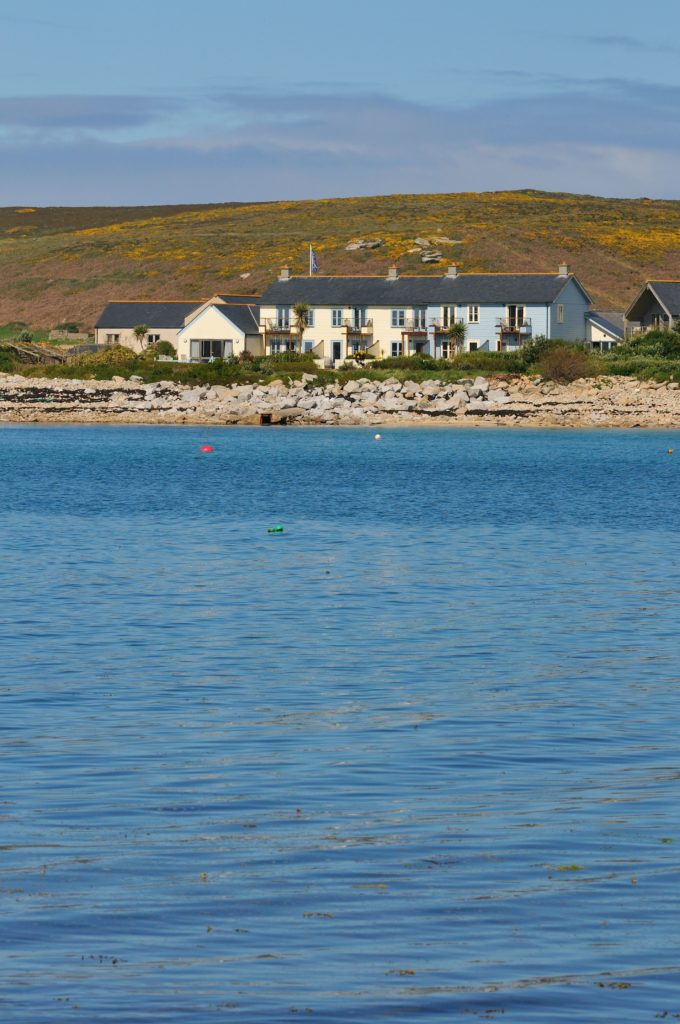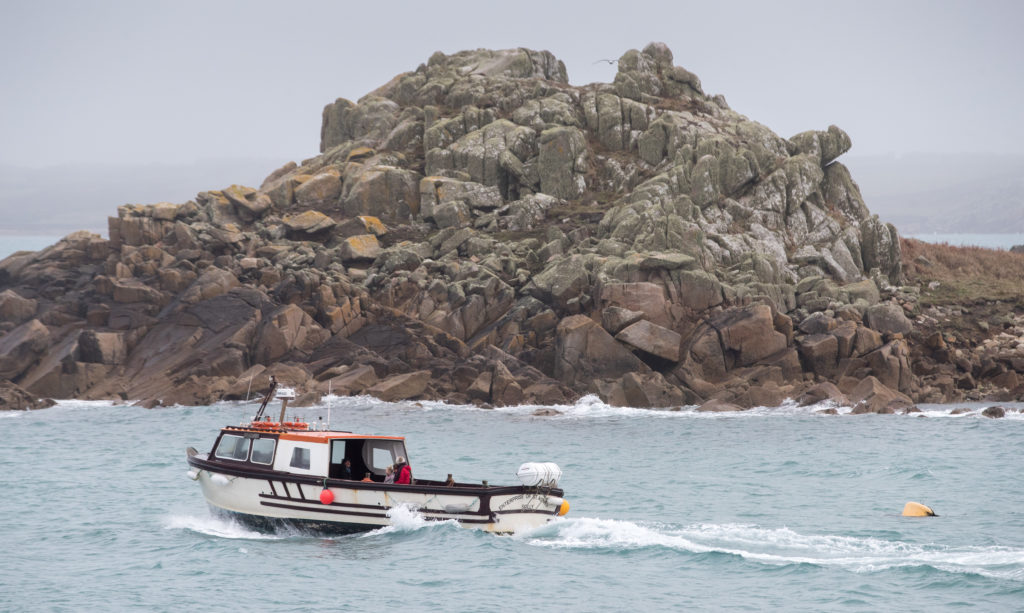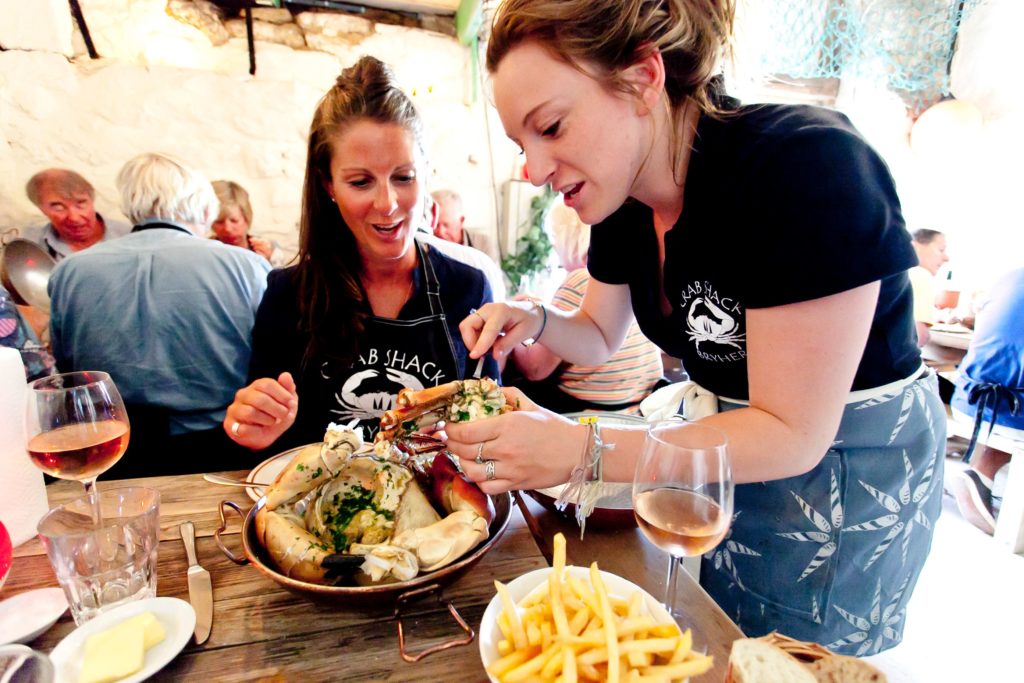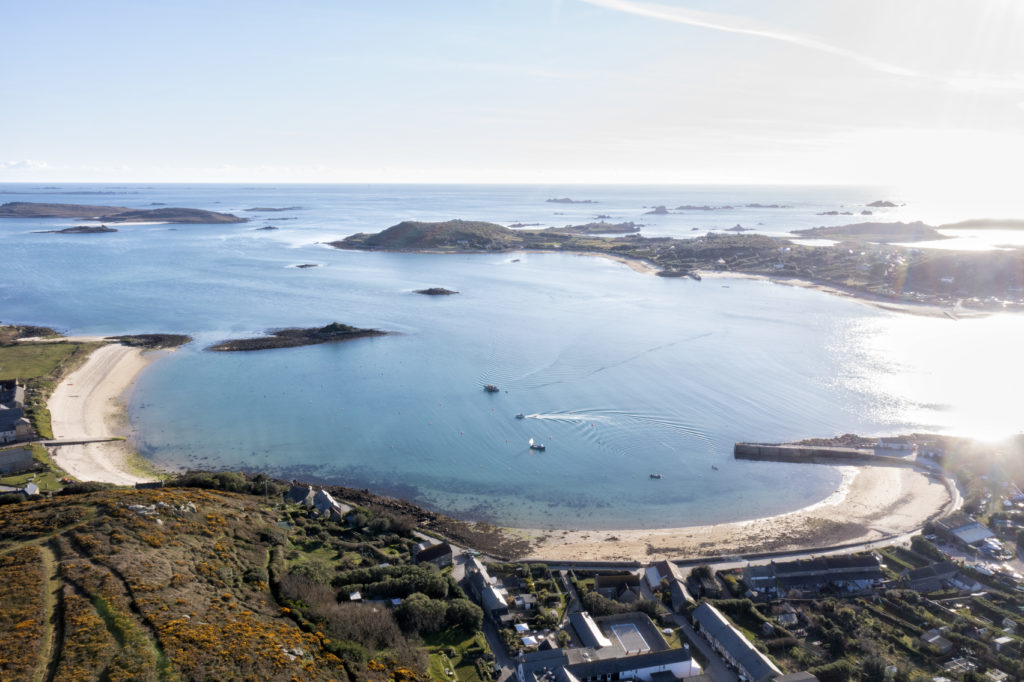KEVIN PILLEY bases himself at the Hell Bay Hotel to explore Britain’s most southerly point
 Hell Bay Hotel
Hell Bay HotelThe Isles of Scilly have many attractions. Some better known than others. Puffins, dwarf pansies, and the world’s smallest museum, a re-purposed red telephone box on Bryrer.
As well as croquet on the sea floor.
You haven’t lived until you have turned the Atlantic seabed into Hurlingham or eaten crab quiche and lobster burgers while standing up five hundred metres out to sea and raised your glass of Doom Bar beer or Tarquin’s Hell Bay Gin to toast two coastlines.
While indulging in a unique Scillonian experience. Tides and bladderwrack permitting.
The Isles of Scilly, a collection of 145 low-lying islands twenty-eight miles, south-west of Land’s End stages Low Tide pop-up food festivals and farmers’ markets when the tide goes out between the island of Tresco and Bryher – two of the five inhabited islands.
The next Low Tide event is 31,August 2023. The festival is held on a sandbar, usually under 20 feet of seawater. As well as live music and seafood, there are 'sand bars' serving spirits like Westward Farm gin from the island of St Agnes —the southernmost point of Britain, and only a mile across. There are stalls selling local artisanal fudge, cakes and bakes, fudge and ice cream from Troytown Farm.
Afterwards, you should walk over the sand flats (with trousers rolled up and shoes in hand) to Tresco with its famous Abbey Castle Gardens. Try and book a tour with head gardener Andrew Lawson. Don’t miss the Pentle Bay, one of the best beaches in the British Isles.
Before returning by boat taxi to Bryher.
 A boat leaves the quay on St Agnes on the Isles of Scilly (Matt Cardy / Getty Images)
A boat leaves the quay on St Agnes on the Isles of Scilly (Matt Cardy / Getty Images)At low water, you land at the quay built by Anneka Rice in her 80s TV show Challenge Anneka. Ione of the first things you see is an honesty box selling local succulents in the form of inedible and not very frost-hardy “cliff pasties”, fleshly evergreens and potted Aeonium houseplants.
At 330 acres, Bryher the smallest of the inhabited islands and boasts the best luxury hotel in the Scillonian archipelago and one of the best seaside hotels in the whole of the se islands.
The Hell Bay Hotel is named after a notorious shipwrecking site. It has a private art collection. 25 suites, a spa, pool, seasonal pitch ‘n’ putt course and acclaimed chef Richard Kearsey whose restaurant is decorated with seascapes by local artists, Richard Pearce — his studio is in front of the hotel on Great Bar beach. Rooms overlook a lagoon and afford views of the Bishop Rock lighthouse on the horizon.
The blue and white clapboard hotel which some think is “very New England” and some say is “Caribbean meets California” suits the Isles’ unique Britain-on-the-Gulf-Stream-influenced-by the-North-Atlantic-Drift location.
It overlooks its own wildlife lagoon or Great Pool (grab the two chairs on the Sunset Deck early) and looks out towards the 1858-1992 Bishop Lighthouse on the horizon, Droppy Noise Point, the Gweal Hill headland, the Northern or Norrard rocks Illiswilgig, miscellaneous other skerries and the rollers and white horses of the Atlantic.
And what was once considered the end of the world.
The hotel has its own private art collection collected by owner Robert Dorrien-Smith, a fifth-generation relative of Augustus Smith, who first leased the Scilly Isles from the Duchy of Cornwall in 1834, and semi-seriously took the title, Lord Protector.
Built around a courtyard, 25 suites (the Emperor and The Empress being the high end) all have Ren toiletries, Lloyd Loom furniture, Lucy-Tania soft furnishing and Egyptian cotton beds to please those who like to turn over their hotel room to check its makers. It is probably the most strenuous exertion staying at Hell Bay affords.
Along with the pool, the “seasonal” pitch ‘n’ putt course, pool and the Treatment Shed spa with its local, St Martin’s-made “Phoenix & Providence” seaweed-forward unguents.
If you prefer to eat at a table rather than on the seafloor, try chef Richard Kearsley’s seafood-dominated cuisine (from sardines and scallops to John Dory to bream) in the hotel’s 2 AA Rosette restaurant.
One and a half miles long by half a mile wide, Bryher doesn’t take long to explore and it’s best done with local naturalist and former island bird recorder, Will Wagstaff who will get you down on your hands and knees to introduce you to the local pansies ( viola only found in Scilly) and show you some granny’s toenails (common bird's foot trefoil).
The local naturalist is equally fond of solar-powered slugs, orange peel and boiled sweets.
 Crab Shack - total seafood conviction
Crab Shack - total seafood convictionOn Bryher, he takes you past the tamarisk trees ( once used for lobster pots) , abandoned daffodil farms and gig sheds — gigs, as in small boats, not musical engegements or the like. Every April, along with its walking festival, the Isles host the World Gig racing regatta. Once, there were over 200 gig pilots on the islands, but their numbers have now the dwindled. The gig economy has somewhat imploded.
Being a group of islands off the Cornish coast adds to the charm of the Isles of Scilly — but the geography also brings its challenges.
Originally, to sustain the islanders, the Scillonian economy relied heavily on trading, seaweed harvesting, pilotage through the treacherous waters hereabouts, smuggling, fishing, and latterly, flower farming. However, more recently tourism has become the major part of the local economy. Travel to the cluster of low-lying islands is part of the adventure.. The journey is currently only by small plane from Exeter, Newquay or Land's End (Skybus), or during the summer, by the passenger ferry Scillonian lll from Penzance.
But the journey, I can assure you, is worth it.
visitislesofscilly.com
 Tresco, Isles of Scilly, looking towards Bryher, top right (Getty Images)
Tresco, Isles of Scilly, looking towards Bryher, top right (Getty Images)
